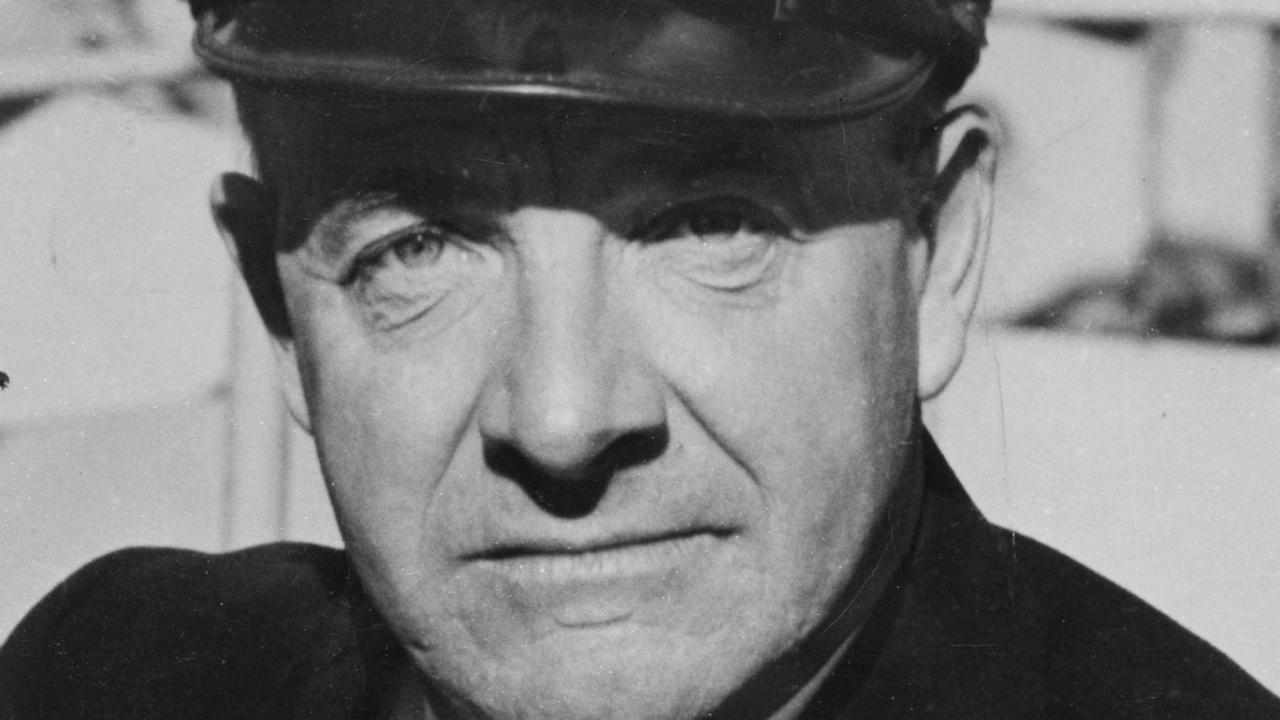The day the British went to war with Zanzibar — for 40 minutes — and brought an end African slavery
SOME wars can last for years, decades or even centuries. But 120 years ago the British were involved in a conflict that lasted only 40 minutes.

Today in History
Don't miss out on the headlines from Today in History. Followed categories will be added to My News.
SOME wars last for years, decades or even centuries. But 120 years ago the British became involved in the shortest war in history. After an ultimatum to give up the throne was ignored, it only took 40 minutes of bombardment to end the conflict with the forces of the Sultan of Zanzibar.
Known as the Anglo-Zanzibar war, it consolidated British power over the island and brought an end to the slave trade along the east coast of Africa.
The Sultan of Muscat and Oman, Sa’id Ibn had made Zanzibar his capital in 1832, but as Zanzibar slowly rose in prominence due to its coastal trading position, the island nation became increasingly independent of Muscat and Oman. Sa’id Ibn died in 1856 and his successor Thuwaini bin Said placed his cousin Majid bin Said in charge. Majid broke away from his cousin’s authority, declaring Zanzibar an independent power in 1861, thus becoming the first Sultan of Zanzibar.
By then Zanzibar was attracting attention from foreign powers interested in trade and territory in the region. In 1837 the US established a consulate, followed by the British in 1841 and the French in 1844. German traders arrived in 1850 after which Germany also established a consulate.
Zanzibar still controlled land on mainland Africa, as well as the lucrative spice and slave trades. Thousands of African slaves passed through Zanzibar’s slave market every year, something the British wanted to end. Applying economic and diplomatic pressures, through a series of treaties to curb the slave trade, the Brits were successful in getting the market closed in 1876, but they did not entirely end the trade in, and ownership of, humans in the region.

Germany and Britain meanwhile competed for control of Zanzibar and up the areas Zanzibar once controlled.
The British slowly diminished the authority of the Sultan of Zanzibar, by taking on the role of protectors against German domination in the region. In 1890 Britain signed the Heligoland-Zanzibar treaty with Germany, ceding Heligoland in the North Sea to Germany in return for being able to claim Zanzibar as a British protectorate.
According to their treaty with Zanzibar, the British reserved the right to give assent to successors to the sultanate. When the Sultan Hamad bin Thuwaini suddenly died on August 25, 1896, Khalid bin Bargash, son of the second sultan of Zanzibar, seized the throne. There were rumours that Khalid had poisoned Hamad.
Basil Cave, senior diplomat at the British Consulate at the time, personally visited the new pretender to the throne and made it known that Britain’s preferred choice for sultan was Hamoud bin Mohammed and that Khalid should step down. Khalid began fortifying the palace with the sultan’s personal bodyguard of nearly 3000 men. In his arsenal were mostly outmoded weapons, some of which were presented to previous sultans as gifts from foreign governments, including two 17th century bronze cannons and a Gattling gun. Cave telegraphed the foreign office for authorisation to use force, if necessary.


The two British naval ships in Zanzibar harbour, HMS Philomel and HMS Rush, were soon joined by another naval vessel, HMS Sparrow. On August 26 the archer-class British cruiser Racoon also came to Cave’s aid, later followed by Britain’s flagship in the region, HMS St George, with Rear Admiral Harry Rawson on board, a future governor of NSW (1902-1909), who took command. Cave issued an ultimatum that if Khalid had not vacated both throne and palace by 9am on August 27 the navy would open fire. An hour before the deadline there was an exchange of messages but Khalid indicated he had no intention of surrendering.
At 9am Rawson gave the order to fire. For 40 minutes the British guns hammered the palace and its adjoining harem, until the would-be sultan’s ancient guns were silenced and his flag shot from its mast. More than 500 defenders were killed or wounded, most in the fires that engulfed the largely wooden buildings.
The British installed Hamoud who later outlawed slavery. Khalid, who escaped to the German consulate, was later smuggled out to German territory in Africa. The British finally caught up with him in 1916 when they invaded East Africa. He was exiled in Saint Helena, later returned to Africa and died in 1927.
Originally published as The day the British went to war with Zanzibar — for 40 minutes — and brought an end African slavery


